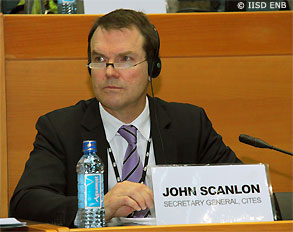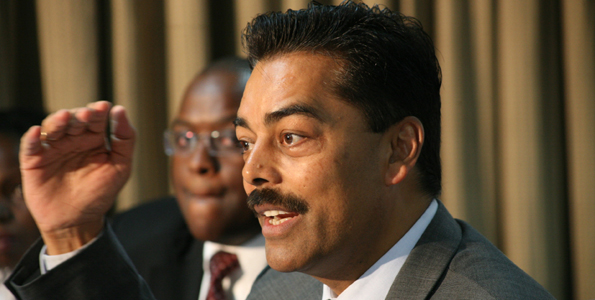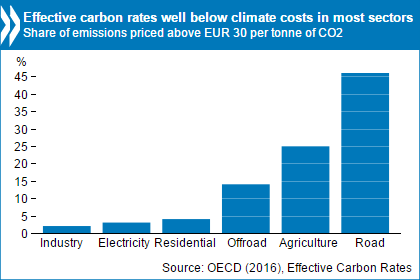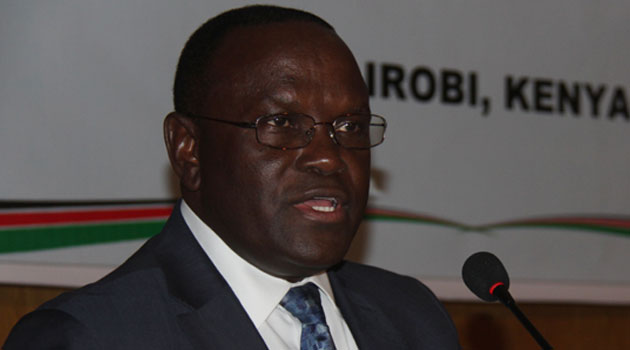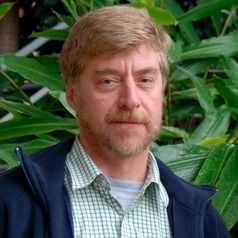It is a known fact that man is a selfish being – even right from the womb. We are always concerned about meeting our needs without considering whose ox is gored. At first, we burned what was above the earth surface which is wood, peat and animal dung. During this time, everything was in control, because energy released could be recaptured immediately by new evergreen plant and quickly disappeared from the atmosphere. But, our predicament started when man discovered advanced means of drilling and piercing through the earth crust to break the giant underground savings account of carbon dioxide (C02) in order to get coal and oil.
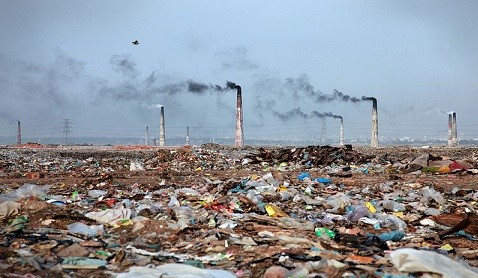
Since we all know that human want is insatiable, we will always wish for more and more after having a desired want satisfied. It would have been better if we did not go into exploration and exploitation of this hidden treasure. Our climate would not have gone crazy if we refused to go the extra mile by raping the earth of its sealed treasures. But, due to our greediness and selfishness, we tend to do all it takes to put profit above humanity and planet earth. This is why we are paying for the consequences of our actions today. The perpetrators of this evil who are the chief polluters must dearly pay the price and be accountable for the damages done to the environment and humanity at large.
Accountability, according to a World Bank publication in 2014, is “the obligation of power-holders to account for and take responsibility for their actions”. Looking at it from the environment angle, the fossil fuel industry happens to be the power-holder and it is a must they pay for damages caused. Many lives have been lost, property worth billions of dollars have been damaged, countless number of species have been endangered, while farmlands have also been destroyed and outbreak of diseases have become rampant.
It is very important the perpetrators of this evil are made to face the wrath of the law and fully take responsibility for the environmental and health hazards they have caused the world. They should be ready to pay for cleanup and healthcare costs. This is the only way we can restore the environment, preserve public health and prevent big polluters from causing more havoc to humanity.
If they, however, refuse to claim responsibility and pay for the damages caused, what would be the fate of millions of people affected yearly by climate change dreadful occurrences? Also, what would be the hope of the millions of people left in deplorable health conditions? What will be the fate of the common man that contributes zero percent to climate change? This and many more are questions that should be running through our minds as true global citizens.
It is apparent that shielding the big polluters from facing the consequences of their action will only create more problems and give impetus to many industries in the future to do more harm to humanity without feeling remorseful. This will also make them to believe that they are superior and above the law. The law they say is no respecter of anybody; be you high, the law is above you and be you low, the law will protect you. We truly believe the law will protect us against the mischievous acts of polluters.
That is why we need to stand up and advocate for the weak and voiceless people of the world, who have continued to suffer the consequences of the damages caused by the polluters. This will give the affected countries and persons sense of belonging and make them realise that we share their pains and predicaments. We must continue to do everything within our reach to make the big polluters and tobacco industry account for and pay for damages they have caused. I believe together we voice, forever we stand to win the fight against polluters.
By Alabede Surajdeen (an environmentalist; alabedekayode@gmail.com; @BabsSuraj)

